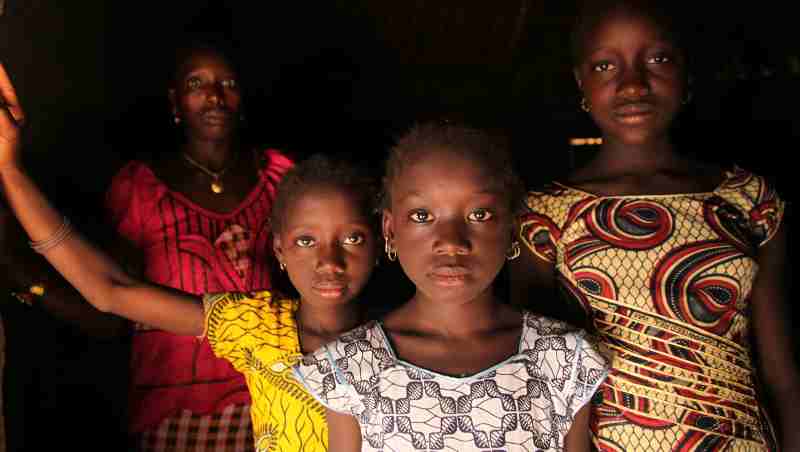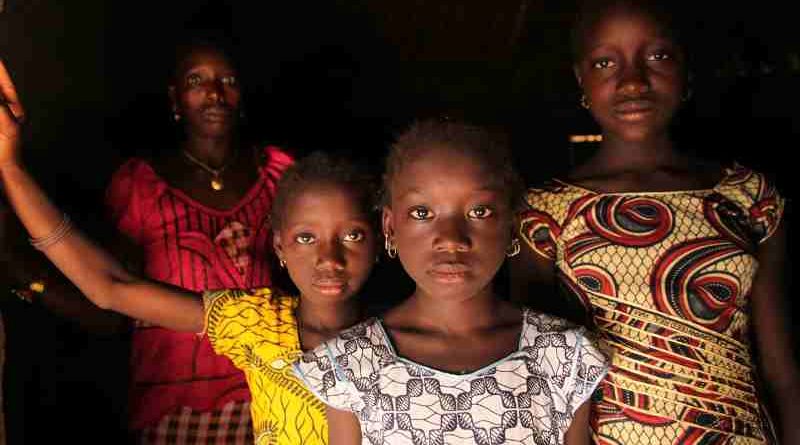Female Genital Mutilation Costs $1.4 Billion Annually: WHO

Female Genital Mutilation (FGM) poses serious risks to the health and well-being of women and girls, while it also exacts a crippling economic toll, according to the World Health Organization (WHO).
New modeling by the UN agency to coincide with the International Day of Zero Tolerance for Female Genital Mutilation, marked on Thursday, reveals that the cost of treating the total health impacts of FGM would amount to $1.4 billion globally per year.
The figure sees individual countries devoting nearly 10 per cent of their yearly expenditure to treat FGM; for some countries, it could be as high as 30 per cent. It is estimated that more than 200 million women and girls today have undergone FGM, which involves altering or injuring female genital organs for cultural or non-medical reasons.
The procedure is mostly carried out on young girls between infancy and 15-years-old, and the impacts on their health and well-being can be immediate—from infections, bleeding, or psychological trauma—to chronic health conditions that can occur throughout life.
Women subjected to FGM are also more likely to suffer life-threatening complications during childbirth, and to experience pain or problems when they menstruate, urinate, or have sex.
The UN Children’s Fund (UNICEF) further reports that around a quarter of FGM survivors, or roughly 52 million women and girls, were cut by health care providers.






